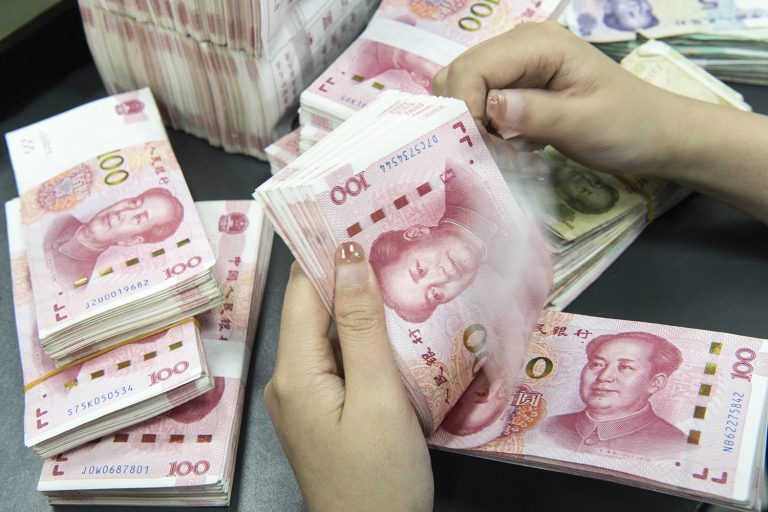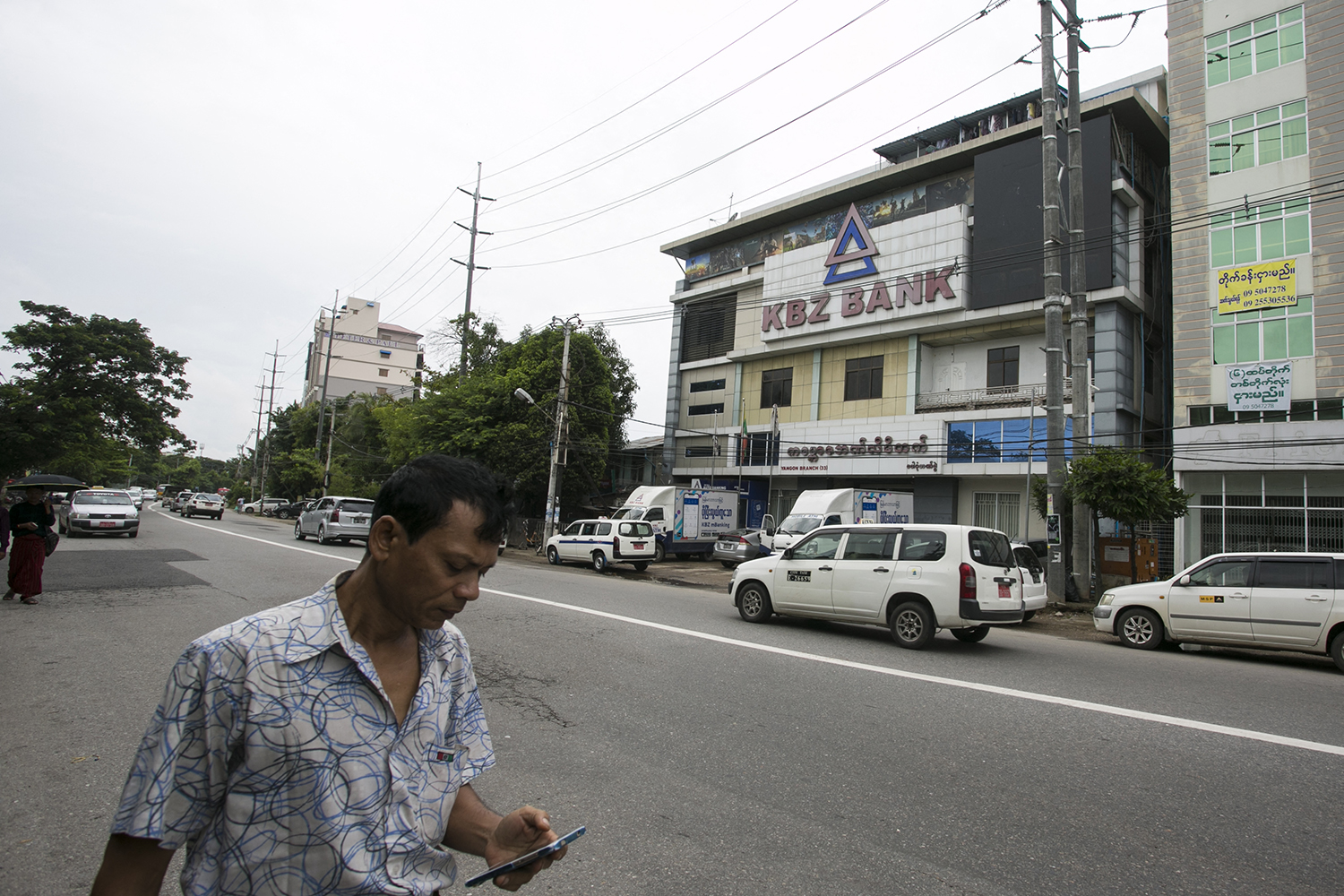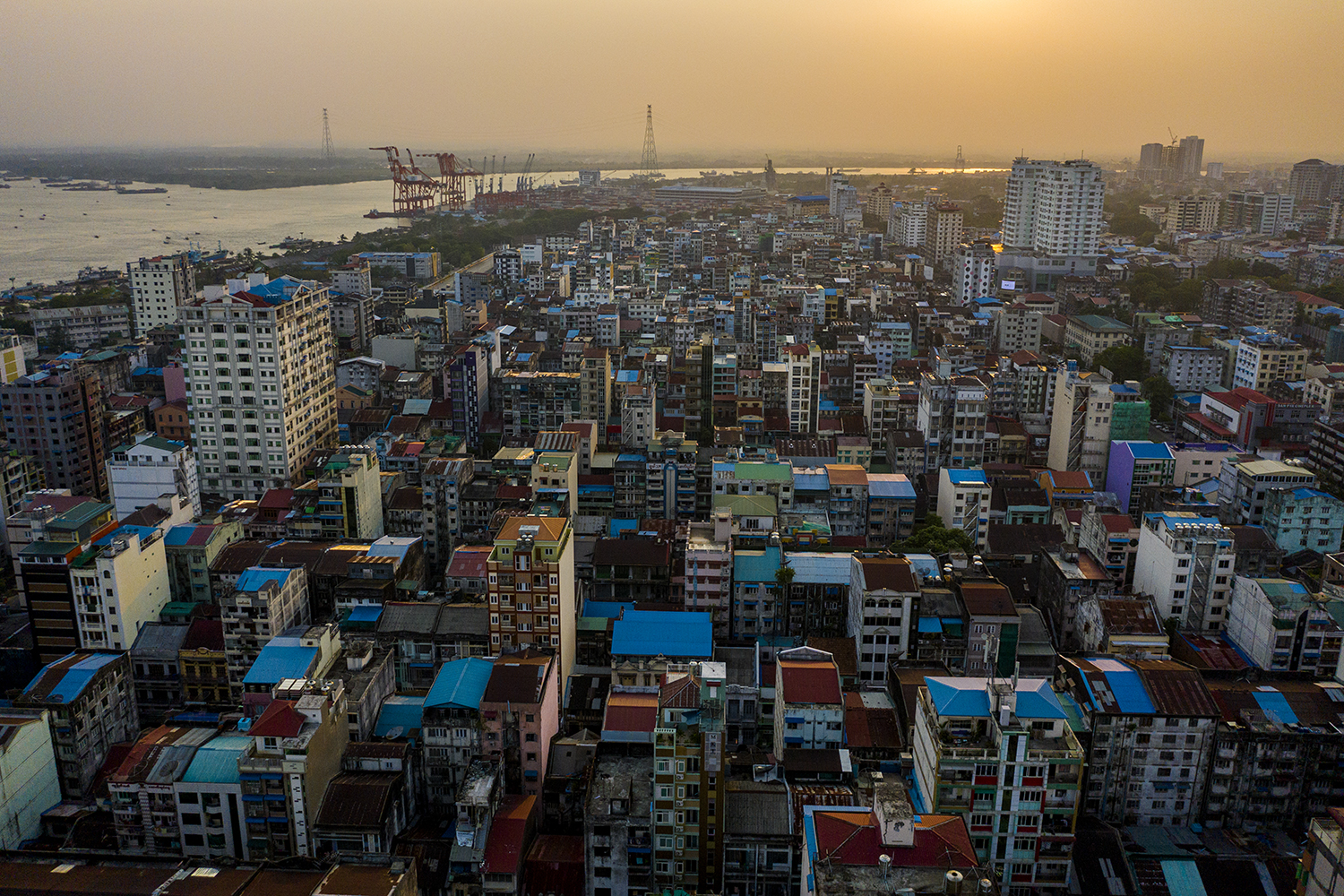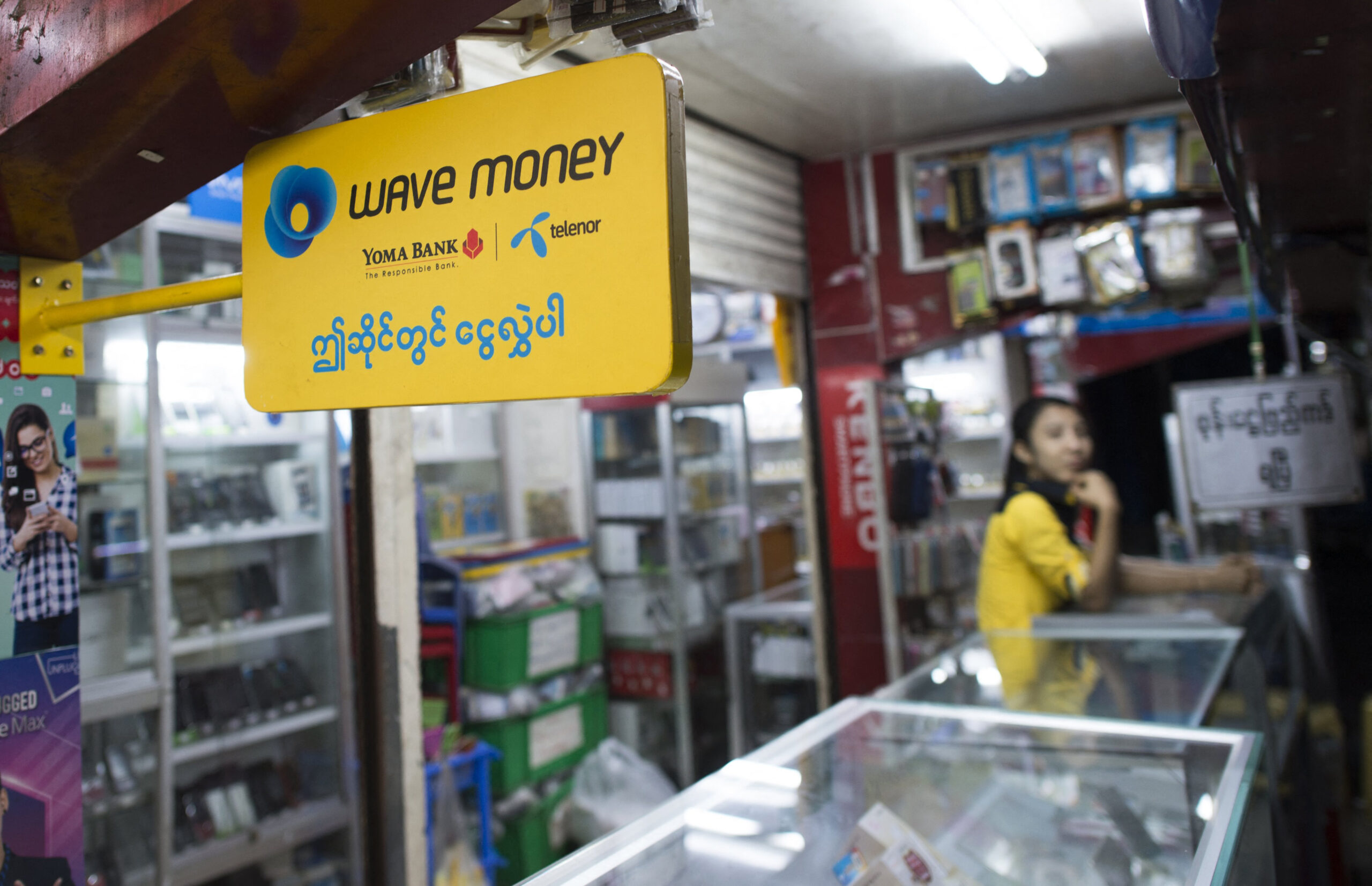The devaluation of the kyat and the dollarisation of the economy is a problem that has confronted Myanmar for a long time.
A challenge for an incoming NLD government will be addressing the decline in the value of the kyat, which has depreciated by 27 percent against the US dollar this year.
President U Thein Sein’s government and the Central Bank of Myanmar have tried to tackle this problem in various ways to no avail. In the early days of President U Thein Sein’s administration the kyat was trading at about 800 to the US dollar, but it has since depreciated to about 1,300 to the dollar. The decline in the value of the kyat has coincided with sharp increases in the cost of food and other necessities. Those on low incomes are suffering the most from a higher cost of living. This is one of the reasons why the people voted overwhelmingly for the National League for Democracy and not the incumbent Union Solidarity and Development Party on November 8. The instability of the kyat and the dollarisation of the economy are problems that will be inherited by the incoming government.
The instability of the kyat is due to the deficit in government spending and trade, the printing of currency notes by the CBM and the widespread use – and hoarding – of dollars.
One of the major tasks of the final session of the outgoing parliament is to discuss and approve the government’s revised budget. It will also consider the budgets submitted by respective ministries for the remainder of the 2014-2015 fiscal year, ending on March 31.
A report by Daw Lae Lae Thein, the Deputy Minister for National Planning and Economic Development, showed that government revenue this year was K10 trillion and spending was K13 trillion. The deficit of K3 trillion is a significant amount, accounting for 25 percent of revenue. The report also said there was a shortfall in the collection of taxation revenue of nearly K9 million. It put the trade deficit at about K1,800 billion. That’s the official figure and in a country where illegal border trade is rampant the true number is likely to be much higher.
Support more independent journalism like this. Sign up to be a Frontier member.
When this information is considered together, the reason for the depreciation of the kyat is clear. Over-spending by the government and the huge trade deficit is troubling for the responsible officials at the CBM. They have had to decide whether to dip into the nation’s reserves or print extra notes. They have opted to print more currency notes and this has contributed to the devaluation of the kyat and inflation.
Many businesses use dollars and black market money-changers are ubiquitous. Businesses and citizens keep dollars to have a safe reserve. The government is not doing enough to tackle this problem. The CBM’s order on October 19 banning almost all businesses from using and holding dollars, including hotels and travel agencies, was not effective.
CBM deputy governor U Set Aung is meeting business people and senior company executives to explain why it was necessary to prohibit dollar transactions and to encourage support for the ban.
Dollarisation is nothing new in Myanmar. It happened during the previous military government. When the kyat lost 20 percent of its value in a year, no one would think of keeping their money in banks. Nor did they wish to keep it as cash. Unlike most other countries, Myanmar has no capital market, stock market or gold market in which to invest, so those who could do so bought and hoarded dollars or invested in real estate. Dollarisation became widespread.
The devaluation of the kyat will end when the government’s budget deficit, and the trade deficit, decrease. The parliament has approved a revised budget of K2,500 billion without making any spending cuts. It is fairly certain that the outgoing government cannot remedy the problem of kyat devaluation. It will have to be tackled by the incoming parliament and government, which will be dominated by the NLD.
The next government will have to ensure that the deficit for the 2016-2017 budget is as small as possible. To reduce the trade deficit, the incoming government will also need to attract more foreign direct investment and international loans.






